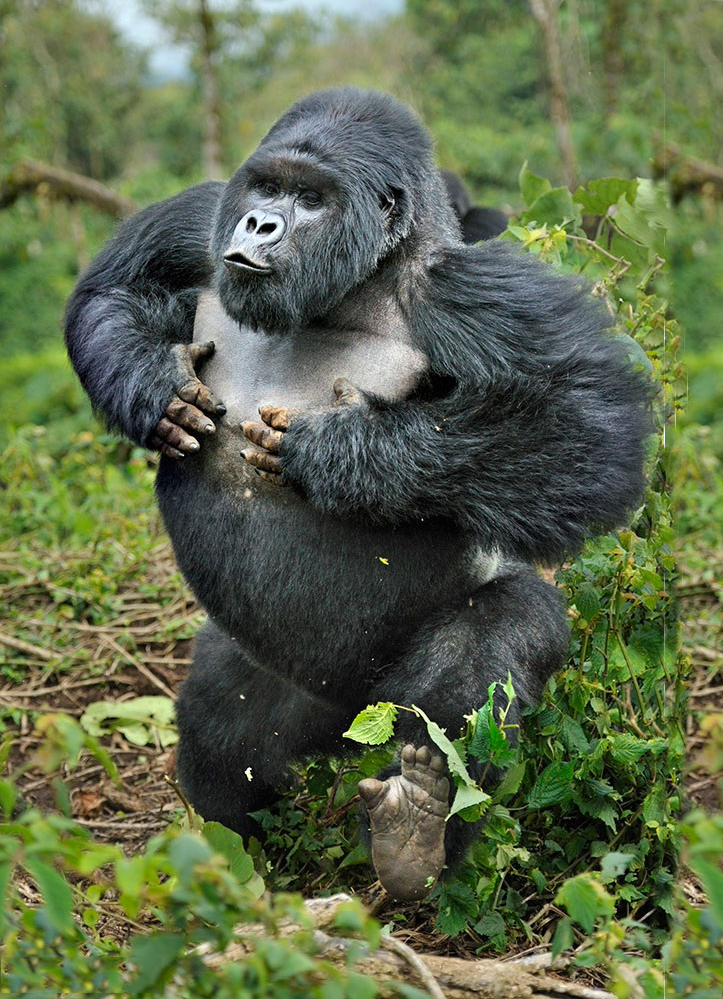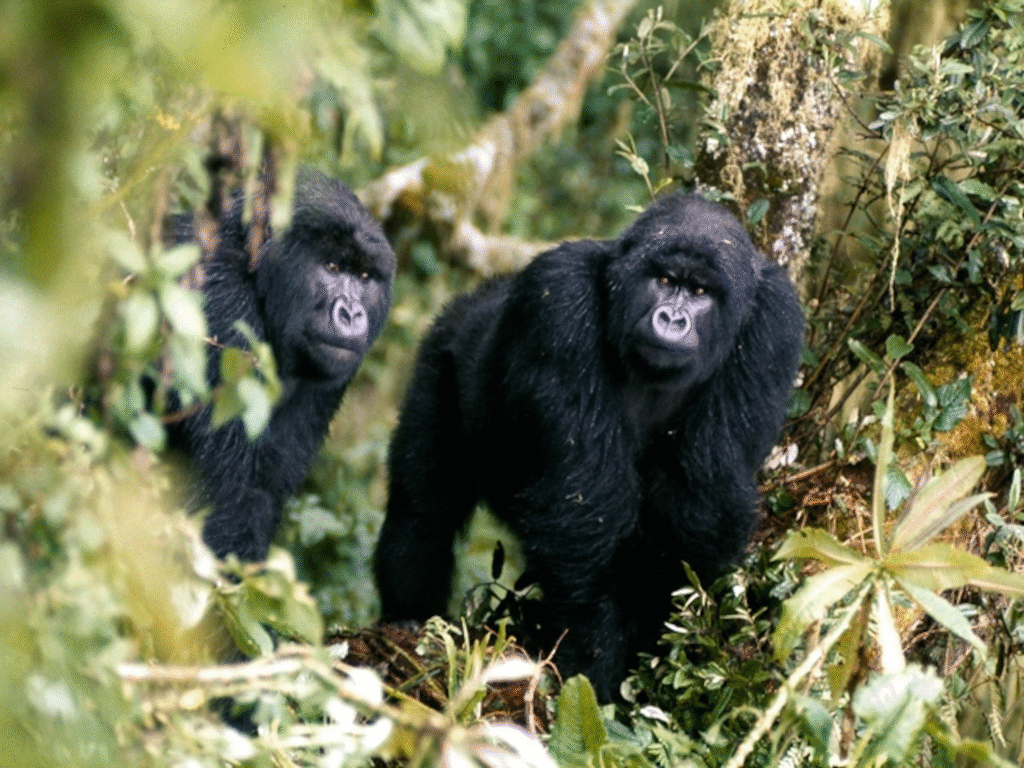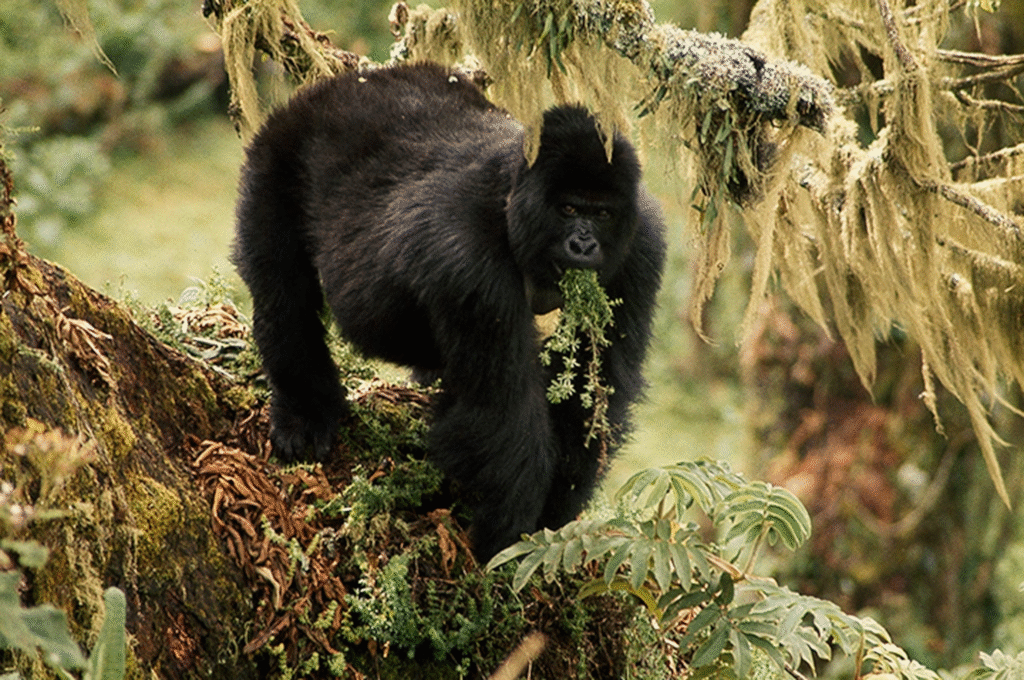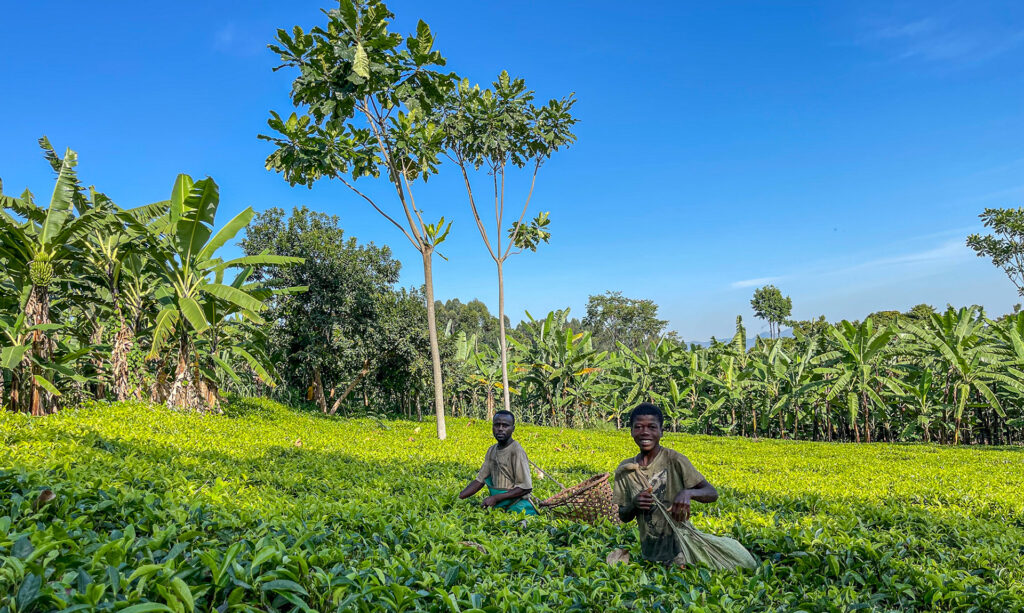Where the soul of the forest whispers in the mist
Dian Fossey’s life is a powerful testament to the impact one person can have on wildlife conservation and global awareness. Living deep in Rwanda’s Virunga Mountains, she dedicated nearly two decades to studying and protecting mountain gorillas, revealing their complex social lives and vulnerabilities. Fossey’s bold anti-poaching efforts and establishment of the Karisoke Research Center laid the foundation for modern gorilla conservation, transforming the way the world values these magnificent creatures. Her story—marked by passion, sacrifice, and unwavering commitment—continues to inspire conservationists and travelers alike.
Beyond her groundbreaking research, Fossey’s legacy lives through ongoing protection efforts and the gorilla tourism that supports both wildlife and local communities. Her memoir Gorillas in the Mist and the subsequent film brought global attention to the mountain gorillas’ plight, creating a lasting awareness that helped fuel the species’ gradual recovery. Dian Fossey’s life reminds us that conservation is as much about courage and connection as it is about science—a mission still deeply relevant today.
So lace up your boots, grab your camera, and prepare to meet the wild — this is where your gorilla trekking dreams and unforgettable safari adventures truly begin.
Truly Iconic Highlights in Uganda
Trek through Bwindi’s mystical rainforest and meet the endangered mountain gorillas in their breathtaking natural home.
Encounter mountain gorillas and golden monkeys on Mgahinga’s misty volcanic trails, where culture and alpine wildlife thrive together.
Unwind after your trek with a peaceful canoe ride across Lake Bunyonyi, Uganda’s most tranquil and scenic highland lake.
Enhance your gorilla trekking safari with an optional chimpanzee encounter in Uganda’s lush forests, adding depth and diversity to your primate adventure
Dian Fossey: Guardian of Gorillas and Fierce Voice for the Wild
In the mist-covered slopes of Rwanda’s Virunga Mountains, among dense rainforests and silent watchers of the wild, lived a woman who forever changed the world’s relationship with mountain gorillas. Dian Fossey was not just a scientist—she was a protector, a storyteller, and a relentless force who stood between extinction and survival. Her journey from an American city life to the remote, treacherous hills of Africa wasn’t just personal—it became one of the most impactful conservation legacies of our time.
Fossey’s story is one of isolation, passion, and unwavering dedication to creatures the world barely knew. Through her eyes, we didn’t just see gorillas—we saw families, friendships, emotions, and grief. Her work revealed a truth many had never dared to accept: that these so-called beasts were in fact gentle, intelligent beings whose fate was tied to ours.
Karisoke: Where Science Met Soul
In 1967, Fossey established the Karisoke Research Center between Mount Karisimbi and Mount Bisoke in Rwanda. It wasn’t a lab or an office—it was a camp, perched in the cold mists, built with the determination of someone willing to trade comfort for closeness to the wild. There, Dian lived side-by-side with the very gorillas she sought to protect.
Her methods were groundbreaking because they were deeply human. She learned to mimic gorilla behavior, crawl on all fours, and sit silently for hours in the undergrowth, waiting to be accepted. Over time, she was. Gorillas she once only glimpsed from a distance began to recognize her presence—not as a threat, but as part of their world. Among them was Digit, a young silverback who would become one of her most trusted companions and symbols of her mission.
The Fight Against Extinction
What began as research evolved into a battle. Fossey wasn’t just documenting gorillas—she was watching them disappear. Poaching, encroachment, and a lack of governmental enforcement were rapidly eroding their population. Her response was direct, fearless, and at times controversial. She hired patrols, personally removed snares, and even burned down poachers’ camps. Her tactics earned her enemies, but she never backed down.
The murder of Digit, her beloved gorilla, marked a turning point. It wasn’t just a loss—it was a personal wound. In response, she created the Digit Fund, channeling funds directly into anti-poaching efforts. Her once solitary research transformed into full-scale conservation. The war for the mountain gorillas had begun, and Fossey stood at its front lines.
Legacy in Words and Action
Dian Fossey’s work reached beyond the forests when she published her memoir, Gorillas in the Mist, a haunting and intimate reflection of her life among gorillas. The book became a voice for the voiceless and later inspired the global film adaptation that introduced millions to her story and the cause.
Her conservation model—combining science, advocacy, and community engagement—became a blueprint for wildlife protection across Africa. Long before ecotourism became a trend, Fossey understood the need to connect local people to conservation through education, opportunity, and inclusion. She wasn’t just saving gorillas—she was teaching the world how to protect what it loves.
A Tragic Ending, A Timeless Message
On December 26, 1985, Dian Fossey was found murdered in her cabin at Karisoke. Her death was brutal and remains clouded in mystery, but her legacy did not end there. She was buried beside Digit, among the gorillas she called family. Her grave, deep in the Rwandan forest, stands not as an end—but as a reminder.
Today, mountain gorillas—once on the brink of extinction—are slowly recovering. Conservation efforts inspired by her work have led to a population rebound, offering hope where there was once despair. Her research center lives on, continuing the work she began. The gorillas are still there. And so, in many ways, is she.
Why Dian Fossey Still Matters
Dian Fossey changed the way the world sees gorillas, wildlife, and even the meaning of conservation itself. She taught us that empathy and science can walk hand in hand. That one voice, however small or alone, can protect an entire species. And that when we choose to stand for the natural world—not just observe it—we step into a kind of purpose that echoes through generations.
Her work challenges us still: to fight, to care, to see beyond ourselves. In the rustle of bamboo and the gaze of a silverback, her spirit lives on.
Dian Fossey & Uganda’s Gorillas
Although Fossey’s primary research took place in Rwanda, her work directly influenced gorilla conservation efforts in Uganda—particularly in Bwindi Impenetrable National Park and Mgahinga Gorilla National Park.
Today, Uganda’s conservation programs, ranger training, gorilla habituation protocols, and permit funding structures owe much to the awareness Dian created. The very opportunity for tourists to safely and respectfully trek gorillas in Uganda exists because she refused to let the world forget them.
In the Realm of Giants – Bwindi & Mgahinga in Frames.
Wander through an elegant gallery capturing Uganda’s most exclusive gorilla sanctuaries, where ancient forests cradle the last mountain gorillas in a world of mist, mystery, and majesty.
Essential Planning Tips for Visiting Uganda’s National Parks.
Get ready for the wild heart of Africa with expert travel tips on when to visit, what to pack, where to go, and how to make the most of your safari across Uganda’s breathtaking national parks.
Why Uganda for Gorilla Trekking?
Uganda is not just a destination — it's the very soul of gorilla trekking. With over half of the world’s remaining mountain gorillas calling its misty forests home, Uganda offers the rarest encounters in their most authentic setting. Here, your journey is not rushed or crowded. Instead, you’re guided by experienced rangers through pristine jungles where gorillas live as they always have — wild, free, and magnificent
From insider travel insights to unforgettable trekking guides, our blog is your trusted path into Uganda’s wild heart — connecting you with mountain gorillas, breathtaking landscapes, and the soul-stirring adventures that make this land unlike any other.





